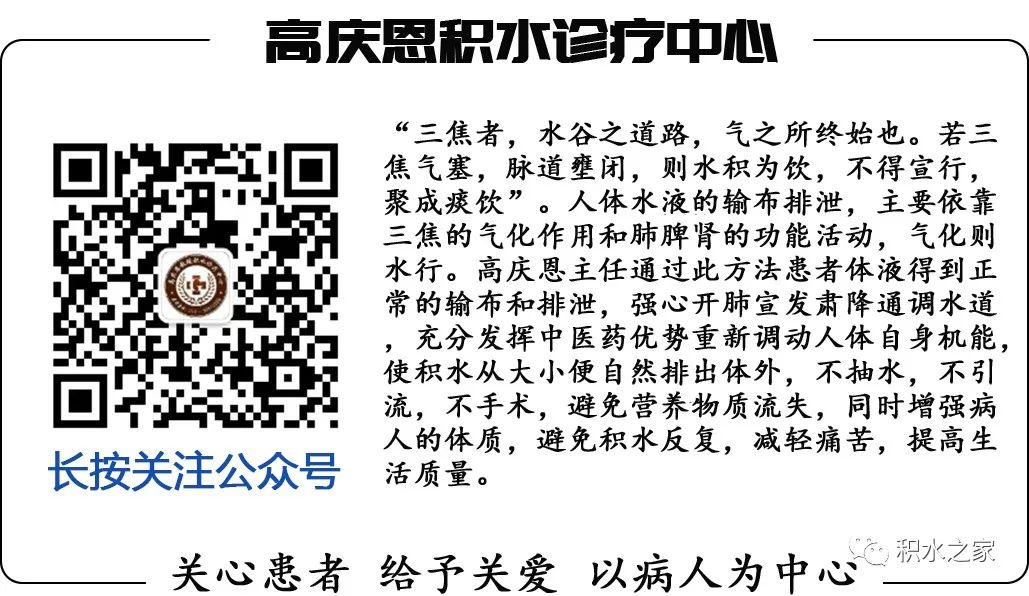EditorIntroduction In Traditional Chinese Medicine (TCM), treatment emphasizes symptomatic medication, analyzing the causes of diseases, understanding the mechanisms of onset, and applying differential diagnosis and treatment to achieve good results. In TCM, there are the Seven Emotions and Six Excesses, which are the basis for analyzing the causes of diseases. The so-called Seven Emotions refer to seven emotional states of people: joy (xi), anger (nu), worry (you), thought (si), sadness (bei), fear (kong), and shock (jing); the Six Excesses refer to six climatic changes in nature: wind (feng), fire (huo), cold (han), summer heat (shu), dampness (shi), and dryness (zao). What problems can the Seven Emotions and Six Excesses lead to?
In Traditional Chinese Medicine (TCM), treatment emphasizes symptomatic medication, analyzing the causes of diseases, understanding the mechanisms of onset, and applying differential diagnosis and treatment to achieve good results. In TCM, there are the Seven Emotions and Six Excesses, which are the basis for analyzing the causes of diseases. The so-called Seven Emotions refer to seven emotional states of people: joy (xi), anger (nu), worry (you), thought (si), sadness (bei), fear (kong), and shock (jing); the Six Excesses refer to six climatic changes in nature: wind (feng), fire (huo), cold (han), summer heat (shu), dampness (shi), and dryness (zao). What problems can the Seven Emotions and Six Excesses lead to?
1. The Seven Emotions

1 Joy (Xi)
Joy is associated with the heart. There are two forms of joy: normal joy and excessive joy. Normal joy is beneficial for the smooth flow of Qi (气) and blood (血), harmonizing Yin (阴) and Yang (阳), leading to a pleasant spirit and relaxed body; however, excessive joy can damage the heart, causing Qi to disperse, which is detrimental to health.

2 Anger (Nu)
Anger is associated with the liver. Frequent anger can cause liver Qi to rise, leading to Qi stagnation and damaging the liver. Those who are easily angered often experience symptoms such as headaches, flushed face, vomiting blood, blurred vision, and fatigue.

3 Sadness (Bei) and Worry (You)
Worry is associated with the lungs. Sadness and worry can lead to lung Qi depletion, mental fatigue, obstruction of the upper burner, and excessive heat, disturbing the spirit and causing Qi and blood imbalance, harming the lungs and depleting Qi.

4 Shock (Jing) and Fear (Kong)
Fear is associated with the kidneys. Mild shock can cause Qi stagnation and mental unrest, while excessive fear can lead to chaotic Qi, leaving the spirit unsettled, resulting in disharmony of Qi and blood and disruption of meridians. Fear can damage the kidneys, leading to kidney Qi descent, which may cause symptoms such as nocturnal emissions and incontinence.

5 Thought (Si)
Thought is associated with the spleen. If thinking is excessive, it can damage the spleen, leading to Qi stagnation and disruption of meridians, which can easily result in insomnia, cognitive decline, dizziness, forgetfulness, and loose stools.


2. The Six Excesses
1. Wind (Feng)
Wind is associated with Yang. Its nature is to rise, move outward, and is unstable. Wind diseases can be classified into two types: one is caused by the invasion of external wind evil, leading to symptoms such as fever, aversion to wind, cough, nasal congestion, stroke, tetanus, and wind pain, commonly occurring in spring; the other is due to internal liver wind, generally associated with blood deficiency, extreme heat generating wind, and liver Yang transforming into wind.
2. Fire (Huo)
Fire is characterized by extreme heat and upward inflammation. Fire diseases can also be divided into two types: one is excess fire, with common symptoms including whole-body heat, constipation, thirst, flushed face, red eyes, red tongue, irritability, hematuria, and hematochezia; the other is deficiency fire, with symptoms such as flushed complexion, irritability, insomnia, dry mouth and tongue, short and red urine, and dry cough. The tongue coating is often thin.
3. Cold (Han)
Cold is associated with Yin. Cold diseases include external cold and internal cold. External cold refers to the invasion of cold air from the environment, primarily harming the spleen and stomach, leading to symptoms such as vomiting, nausea, abdominal pain, and diarrhea; internal cold refers to weakened resistance and Yang deficiency, primarily manifesting as Yang deficiency in the upper burner, middle burner, and lower burner.
4. Summer Heat (Shu)
Summer heat is associated with Yang, characterized by heat, humidity, and dispersal. Summer heat diseases can be divided into heat injury and heat stroke. Heat injury is caused by summer heat, presenting with symptoms such as whole-body heat, dry mouth, fatigue, and excessive sweating; heat stroke is caused by high temperatures and intense sunlight, with severe cases leading to fainting, cold sweat, and weak pulse.
5. Dampness (Shi)
Dampness is associated with Yin, characterized by heaviness and stickiness. Damp diseases can be divided into external dampness and internal dampness. External dampness includes superficial dampness and damp obstruction, with superficial dampness causing symptoms such as fever, lack of thirst, chest tightness, white tongue coating, and a soft pulse; damp obstruction leads to joint pain, heaviness, and numbness of the muscles. Internal dampness refers to dysfunction of the spleen’s transportation, leading to accumulation of fluids, primarily manifesting as damp stagnation in the upper burner, damp obstruction in the middle burner, and damp accumulation in the lower burner.
6. Dryness (Zao)
Dryness is characterized by its drying nature, which can easily harm the lungs. Dry diseases can be divided into internal dryness and external dryness. Internal dryness is caused by insufficient body fluids and blood deficiency, presenting with symptoms such as dry skin, constipation, weight loss, and dry hair; external dryness can be classified into warm dryness and cool dryness. Warm dryness often occurs in early autumn, presenting with symptoms such as fever, headache, dry cough, thirst, and irritability; cool dryness often occurs in late autumn, presenting with symptoms such as fever, headache, dry skin, and cough with little phlegm.

